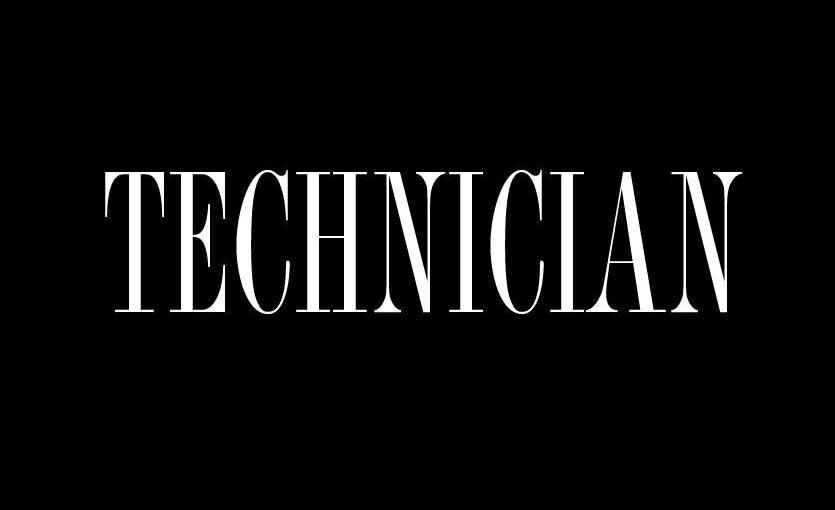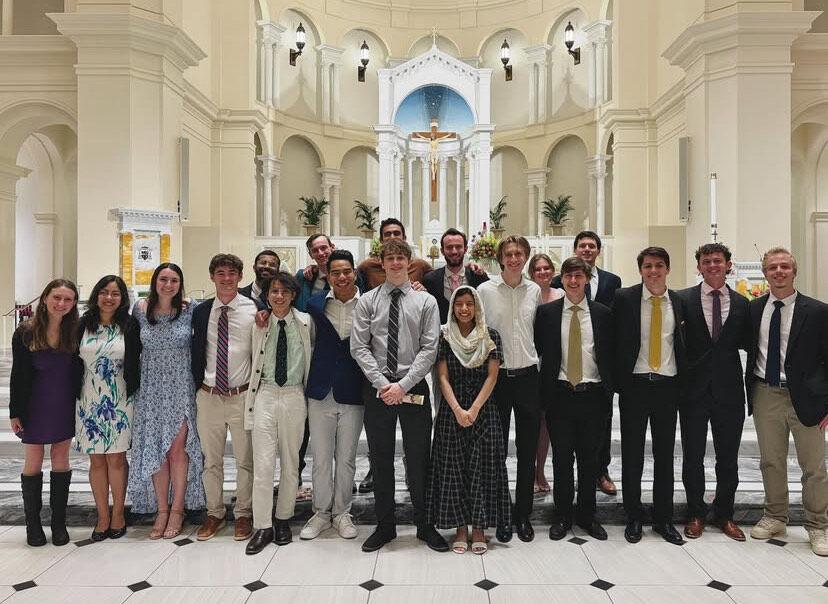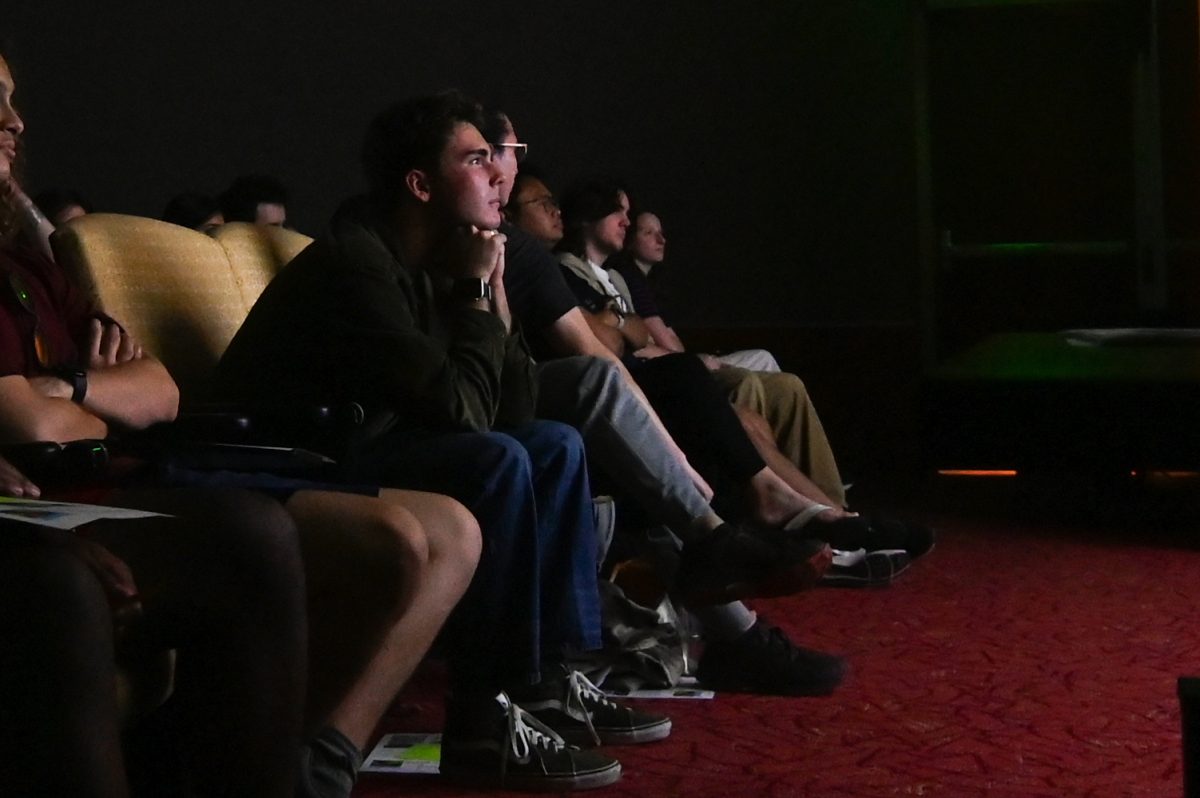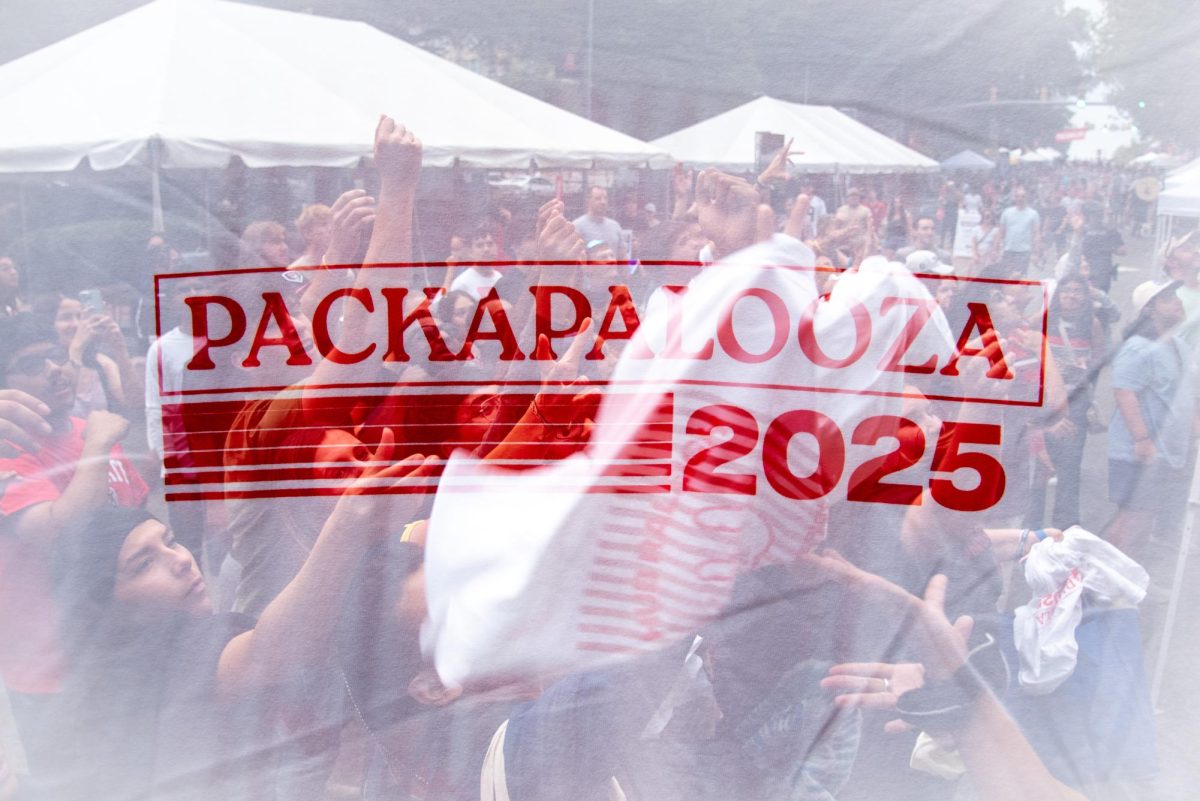Editor’s note: All content in this article referencing NC State’s Catholic Campus Ministry and sources cited from the organization have been retracted as of Sept. 9, 2025. The reporting included a conflict of interest that was not disclosed to our senior leadership team ahead of publication.
Lent finds its origin in the Gospel accounts of Matthew, Mark and Luke, which describe the 40 days Jesus spent fasting and praying in the desert while being tempted. Early Christians adopted this period as a time of spiritual preparation for the commemoration of Christ’s Passion, forming the basis of what became the season of Lent.
By the fourth and fifth centuries, Church councils such as Nicaea in A.D. 325, along with monastic traditions like the Rule of St. Benedict, helped formalize the Lenten disciplines of fasting and prayer. These practices remain central to Catholic observance today and are honored by many other Christian denominations throughout the world.
Holy Saturday, the day before Easter, is a day of waiting and commemorating Jesus’ rest in the tomb. It concludes with the Easter Vigil, a long Mass that begins in darkness and ends in candlelight. Some students at NC State are baptized or received into the Catholic Church at this vigil.
But in the end, Easter Sunday is the highlight. It celebrates the Resurrection of Jesus and is the cornerstone of Christian belief. Without the Resurrection, Christianity would hold no more weight than the death of Socrates – noble, perhaps, but not salvific.
Lent has a significant spiritual and cultural impact on the Catholic community at NC State. It is a time to reconnect with your faith and ground yourself, especially amid ever-increasing workloads.







